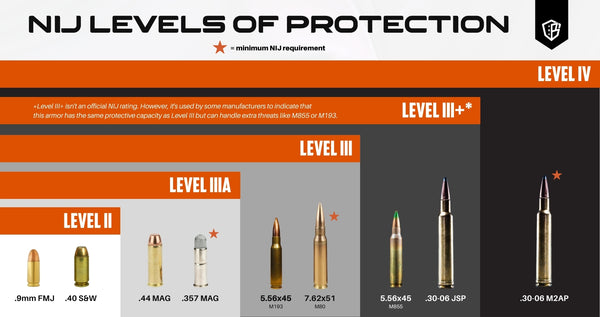Body Armor and Tactical Gear
 Save 33%
Save 33%
 Save 7%
Save 7%
 Save 35%
Save 35%
 Save 33%
Save 33%
 Sold Out
Sold Out Save 32%
Save 32%
 Save 33%
Save 33%
 Save 33%
Save 33%
 Save 33%
Save 33%
 Save 31%
Save 31%
 Save 33%
Save 33%
 Save 32%
Save 32%
 Save 32%
Save 32%
 Save 33%
Save 33%
 Save 31%
Save 31%
 Sold Out
Sold Out Save 11%
Save 11%
 Save 27%
Save 27%
 Save 47%
Save 47%
 Save 38%
Save 38%
 Save 27%
Save 27%
 Save 32%
Save 32%
 Save 33%
Save 33%
 Save 30%
Save 30%
 Sold Out
Sold Out Save 32%
Save 32%
 Save 31%
Save 31%
 Save 33%
Save 33%
 Save 33%
Save 33%
 Save 34%
Save 34%
 Save 33%
Save 33%
 Save 34%
Save 34%
 Save 37%
Save 37%
 Save 33%
Save 33%
 Save 27%
Save 27%
 Sold Out
Sold Out Save 27%
Save 27%
 Save 33%
Save 33%
 Save 27%
Save 27%
 Save 33%
Save 33%
 Save 33%
Save 33%
 Sold Out
Sold Out Save 33%
Save 33%
 Save 33%
Save 33%
 Save 31%
Save 31%
What is Body Armor?
Body armor is protective clothing designed to absorb or deflect physical attacks. While it is primarily associated with armor plates that is used with bulletproof and ballistic vests and plate carriers, it covers a wide range of safety equipment that can cover many different parts of the body for additional protection. You might be surprised at how many bulletproof items now exist, thanks to advances in technology and a surge in market interest in recent years.
Is it legal to wear body armor?
Throughout most states in the continental United States, it is legal for citizens to own and wear body armor. However, the places you're allowed to wear them, like plate carriers, steel plates, or bulletproof vest, and the person's criminal history can affect this.
It is highly recommended to always check with your national and local regulatory departments for specific laws in your area. It is important to be knowledgeable of these laws and be cautious before you purchase and use bulletproof vests and other body armor such as a plate carrier with an armor plate.
Types of body armor
Today there are two main types: regular non-plated armor, also known as soft armor, and plate-reinforced armor, also known as hard armor. They are usually present in bulletproof vests, armor plates, and even in bulletproof backpacks.
Most armor is rated to NIJ standards so you should make sure you get adequate armor depending on your needs. Most soft armor uses integrated armor, such as with many concealed vests, and are rated with NIJ level II up to level IIIA, while hard armor usually uses armor plate inserts for adjustable levels of protection and are rated with Level III up to Level IV.
What level of armor is best?
The "best" body armor largely depends on the situation you expect to be facing. Level III (level 3) ballistic protection and above is considered the standard for most police officers and military organizations with their plate carriers combined with an armor plate of their choice.
This shouldn't be confused with level IIIA (level 3A) armor, which is slightly weaker than level III. Currently, level IV (level 4) body armor is the highest grade of personal hard plate armor.
The better protection provided however, the heavier the body armor tends to be. If you need something that is more comfortable to wear, a light weight vest with Level IIIA protection level and curved plates may be a good option. Again, it depends on the situation you expect to be in. The average person will probably face very different situations from someone in law enforcement, for example, who needs more comprehensive armor systems such as a plate carrier loadout due to their field of work.
Body Armor Plates Level of Protection
The following is a brief table of body armor plates level of protection based on the NIJ standard 0101.06.

Bulletproof Zone has the MOST up-to-date and comprehensive guide to all things Body Armor!
If you have questions about what you need, contact our customer service and we'll be happy to help!







